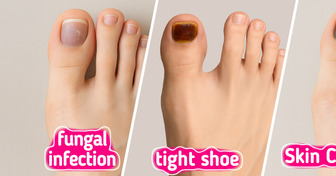Tattoo Artist Uses Her Skills to Give a Man a “New Permanent Eye” After a Horrific Car Accident
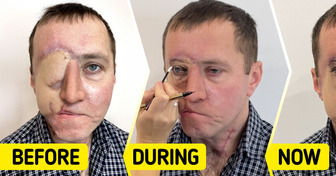
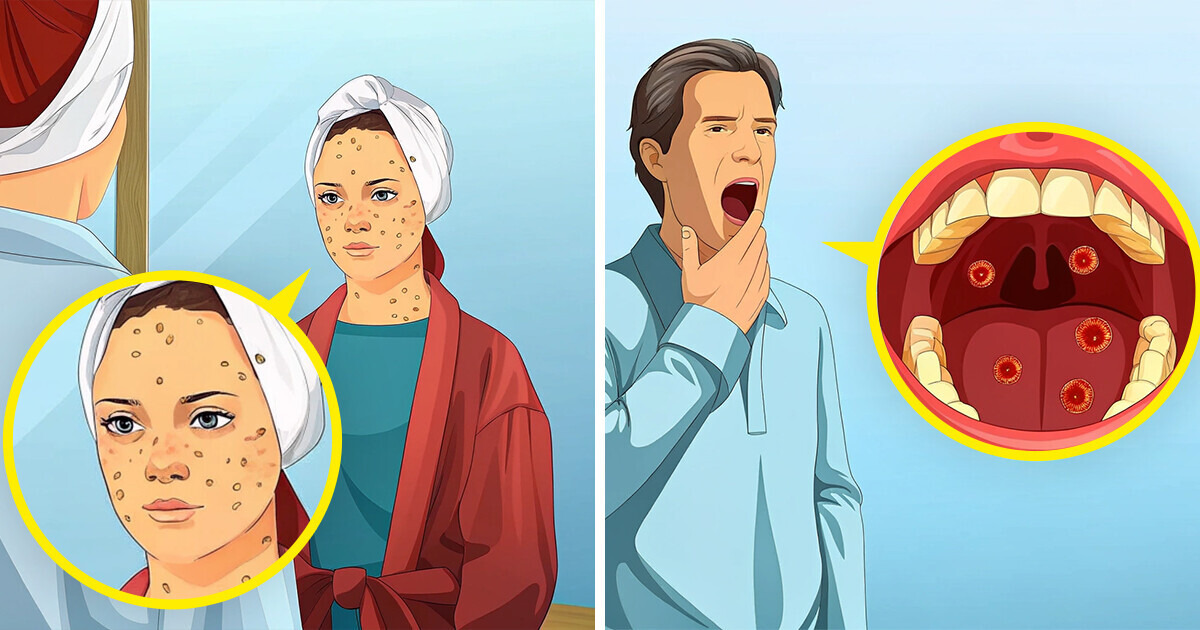
Lactose intolerance affects an estimated 65% of the global population, yet misconceptions about its symptoms and management persist 710. While gastrointestinal discomfort is its hallmark, lactose intolerance can manifest in unexpected ways, often leading to misdiagnosis or unnecessary dietary restrictions.
CONTENT IS PROVIDED FOR INFORMATIONAL PURPOSES ONLY AND IS NOT INTENDED AS A SUBSTITUTE OF MEDICAL ADVICE.
SEEK GUIDANCE OF YOUR DOCTOR REGARDING YOUR HEALTH AND MEDICAL CONDITIONS.
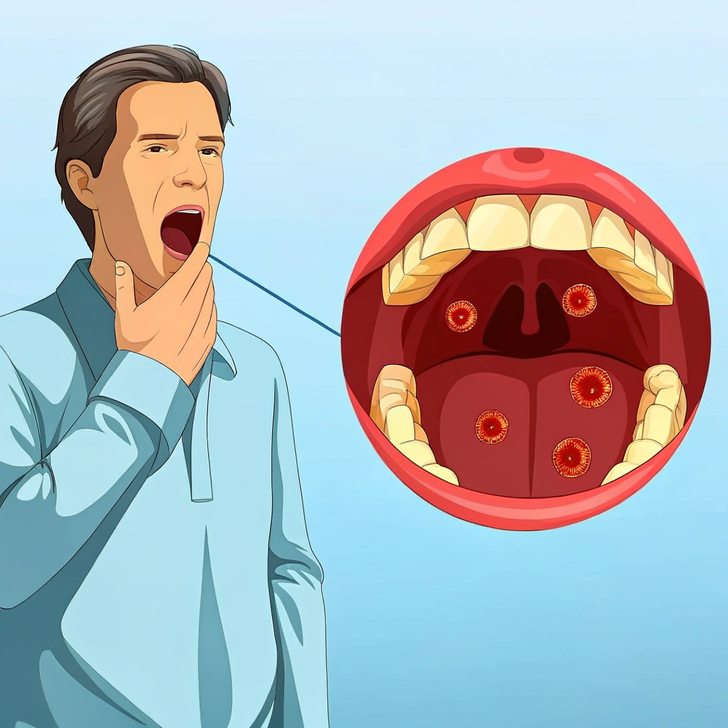
While less common, some individuals with lactose intolerance also experience symptoms such as headaches, fatigue, trouble concentrating, muscle and joint pain, mouth ulcers, urinary issues, and even eczema.
Dairy products like milk, cheese, and yogurt have been associated with canker sores. Some experts suggest that proteins in cow’s milk may trigger mouth ulcers in certain people due to an adverse immune response.
If you frequently suffer from mouth sores, consider eliminating dairy, particularly animal-based products. Instead, experiment with alternatives like soy milk, oat milk, and vegan cheese to see if these substitutions help reduce canker sores.
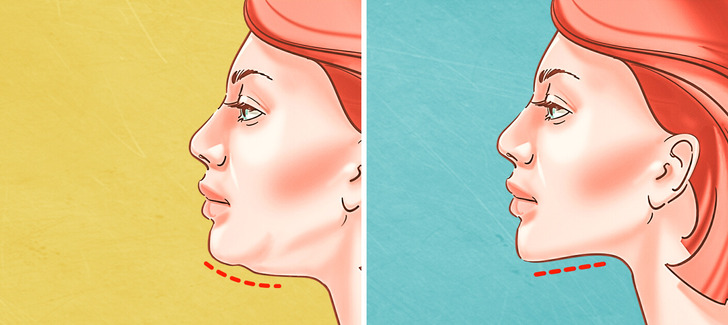
Dairy allergies can trigger reactions beyond the digestive system, affecting the skin, lungs, and more. Common symptoms include:
In infants, blood in the stool may also occur.
Severe reactions like throat swelling and breathing difficulties may signal anaphylaxis, a life-threatening allergic reaction. Symptoms usually develop within minutes of consuming dairy but can sometimes be delayed for hours. In case of anaphylaxis, act immediately—administer epinephrine if available and seek emergency medical attention. If epinephrine is not accessible, head to the nearest emergency room without hesitation.
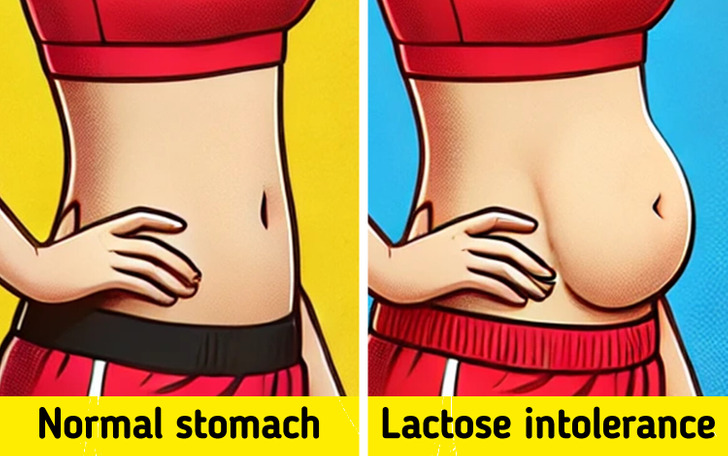
Lactose intolerance can lead to more than just digestive issues, with symptoms such as back pain, headaches, fatigue, difficulty concentrating, and overall tiredness. Some people also experience sleep disturbances, dizziness, and general discomfort.
These less common symptoms may result from the body’s difficulty in processing lactose, potentially causing inflammatory or metabolic reactions in sensitive individuals.

When lactose remains undigested in the small intestine, it passes into the colon, where gut bacteria break it down.
This fermentation process generates acids and gases such as hydrogen, methane, and carbon dioxide, which can cause common lactose intolerance symptoms like bloating and flatulence.
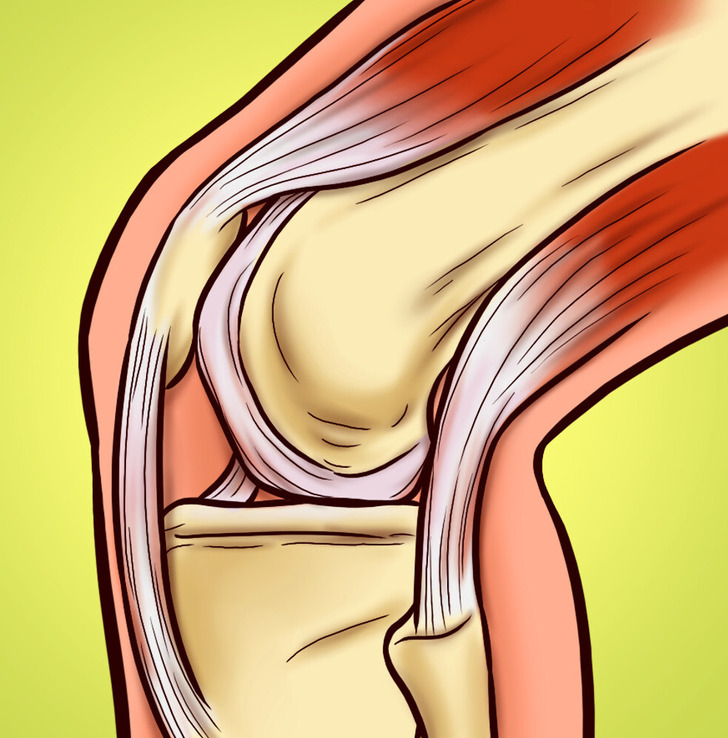
Lactose, the natural sugar found in dairy products, isn’t always well tolerated by the body. While some people naturally lose the enzyme lactase needed for digestion, even those who can process lactose may experience effects beyond the digestive system.
When lactose isn’t properly broken down, it can disrupt the gut microbiome, raise blood sugar levels, and contribute to systemic inflammation. This inflammation may present as muscle and joint pain, making dairy a potential source of discomfort. Whether due to digestive difficulties or metabolic effects, reducing lactose intake could help alleviate inflammation-related pain.
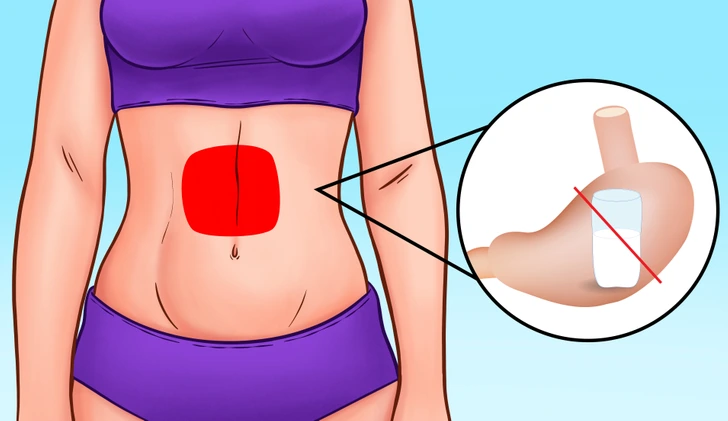
Abdominal cramps or pain can occur within a few hours after consuming lactose-containing foods.

Some individuals may experience nausea or even vomiting after consuming dairy products, particularly if they have a higher sensitivity to lactose.
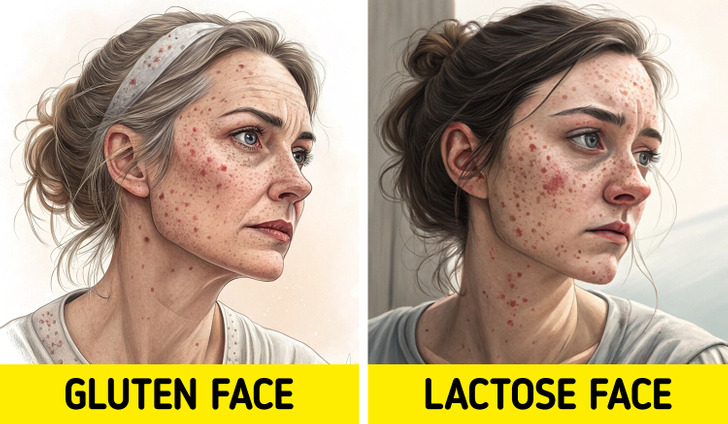
“Gluten face” and “lactose face” are terms used to describe skin reactions potentially linked to gluten and dairy consumption, respectively.
“Gluten face” is associated with gluten sensitivity or intolerance and is often characterized by a combination of acne, puffiness, redness, and premature wrinkles—particularly around the cheeks and jawline. This occurs due to inflammation and possible nutrient malabsorption triggered by gluten in some individuals.
In contrast, “lactose face” is primarily linked to dairy intolerance and typically manifests as acne, especially around the chin and jawline. Dairy products, particularly milk, can stimulate insulin-like growth factor 1 (IGF-1) and increase sebum production, leading to clogged pores and breakouts. Unlike gluten face, lactose face does not generally contribute to wrinkles but may cause skin congestion and persistent acne flare-ups.
Even with numerous warnings, many people believe crises won’t happen to them. Although emergencies are uncommon, being prepared can significantly improve your chances of survival. Here are some vital tips that could help save your life in a critical situation.



